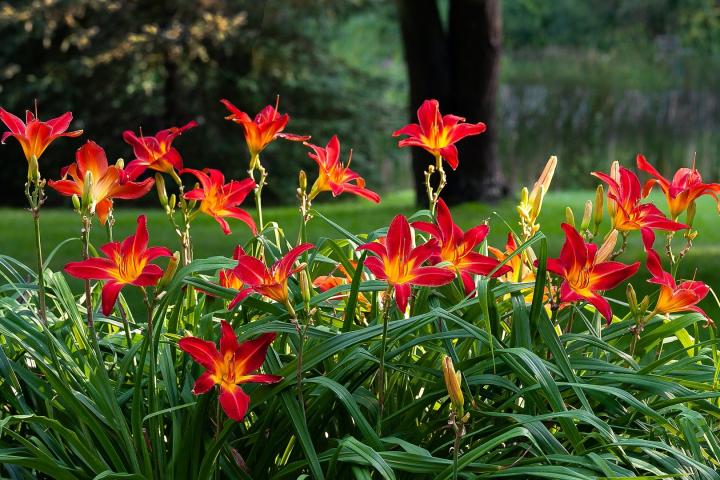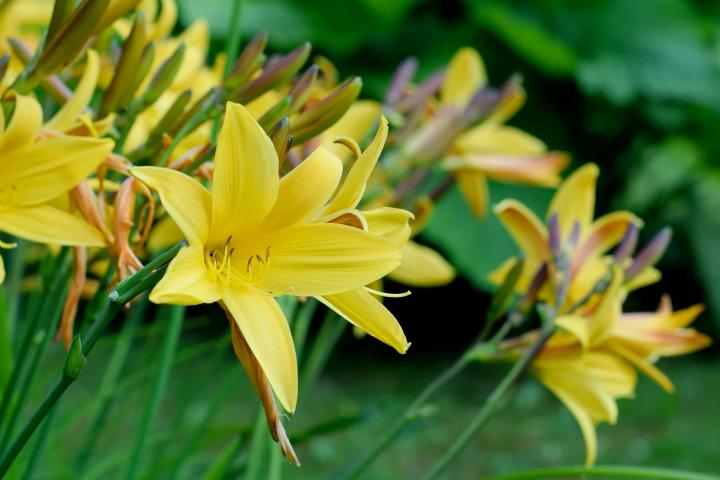
How to Plant, Grow, and Care for Daylily Flowers
Daylilies are edible and have a long history in the kitchen. The tender foliage was eaten as a spring green, the buds and flowers were eaten raw and added to soups, and the swollen portions of the root were boiled and eaten. All parts have a mild peppery taste and act as a thickening agent when cooked in stews, soups, or sauces.
- Try sautéeing daylily buds in some butter and garlic. They taste like a cross between green peas and asparagus.
- Dip daylily buds in a light batter and deep-fry them. Sprinkle with salt and you have a special summer treat!
ADVERTISEMENT
In late summer a tiny plant is produced at the top of a scape. It can be planted and will produce a viable plant.
I live in Fairfield, Tx. I have flowerbeds across the front length of my house. I have box shrubs that are at least 20 years old across most of the house and some are starting to peter out on me. My house faces north, so I have partial sun. I have had day lilies in the section of my bed in front of the porch. Unfortunately moles have invaded and killed them after 13 years of expanding beauty. I have contracted a mole specialist to try to rid my yard of them. I have about 90 feet of beds. I would love to remove the shrubs and plant more Day lilies and/or other low maintenance bulb flowers instead. I read in your description that there are different bulbs that bloom at different times, not just spring. My brick is a rusty orange-reddish color with cream and brown touches in them. My yellow and orange colored lilies complimented the house nicely. I am open to any ideas and suggestions anyone has to offer me. Thank you.
How do I keep deer from eating my daylilies? I have sprayed daily with Bobex Deer repellent but recently the deer have had dessert on my daylilies.
Delaine, a couple of things come to mind, probably old wives' tales. Try a couple of dryer sheets around the plant and I've also heard that planting a garlic plant next to a treasure also works. To late to plant garlic so maybe a smooshed clove instead. Best of luck.....Pete
Is the a true black lily? I’ve seen many really dark purple ones but no true black.











Comments